Minneapolis held the title of the Flour Milling Capital of the World for decades, starting with the Washburn A Mill in the 1880s. You might not know that not far behind Minneapolis in the Flour Milling Capital of the World competition was the Twin Ports of Duluth and Superior.
Let’s step back in time to 1893. Lake Superior Mills just started operating. It was the first mill to be built in what became known as the east-end milling district of Superior, Wisconsin. The mill was constructed on Quebec Pier, a 250-feet wide and 1,400-feet long column originally built in 1853.
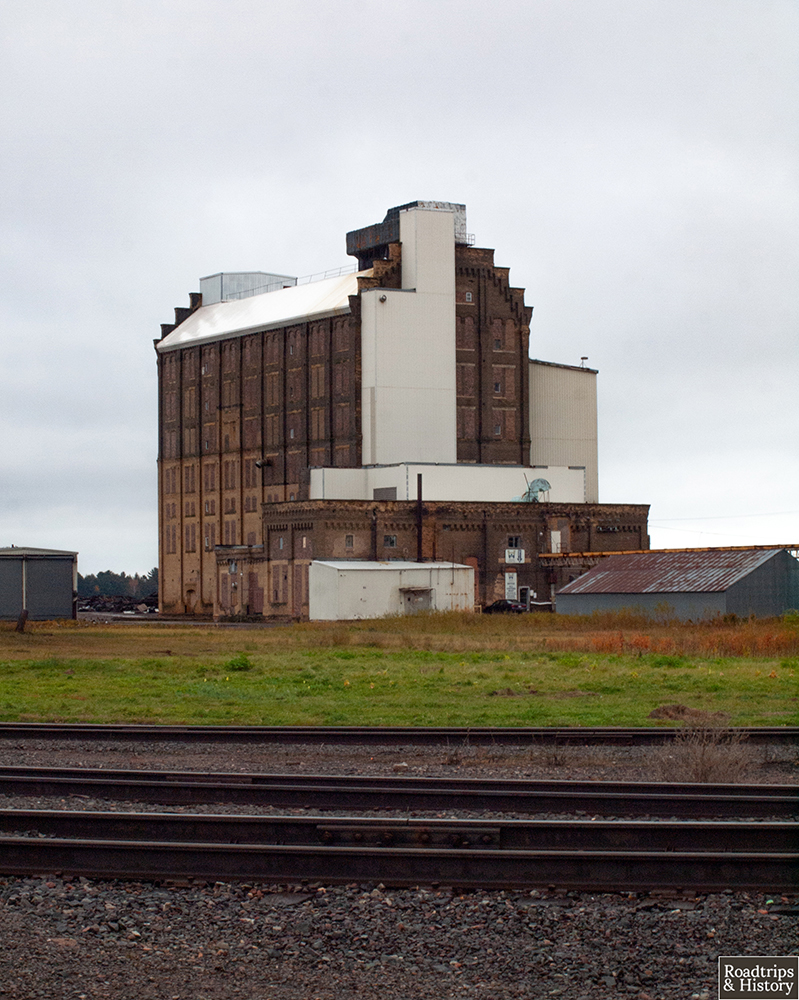
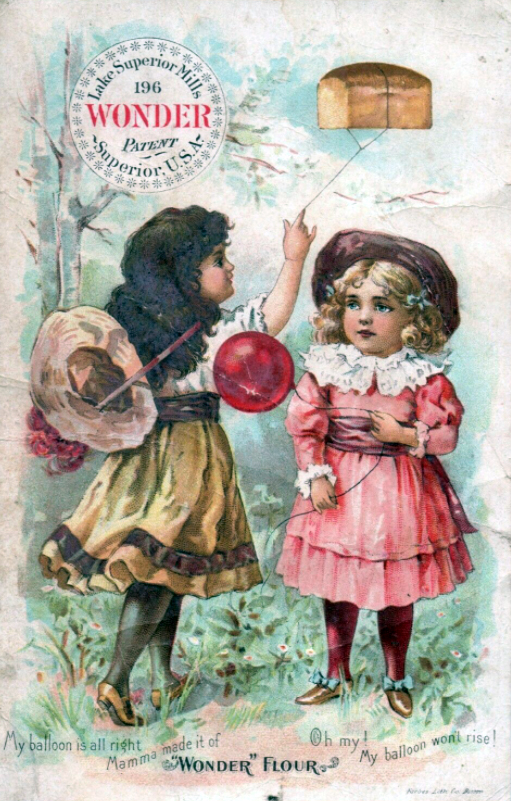
Lake Superior Mills planned on using the entire pier for their operation from the beginning. A brick workhouse and grain elevators were built first, followed by warehouses, engine and boiler houses, steamer docks, and railway switches. The mill grew to become one of the largest in the Twin Ports, with a production capacity of 6,000 barrels per day and grain elevators that held 300,000 bushels of wheat.
The mill produced durum and semolina flour that was sold to consumers under the Perfecta and Wonder brands. Flour produced at Lake Superior Mills was sold domestically but also shipped as far away as England, Scotland, and Holland.
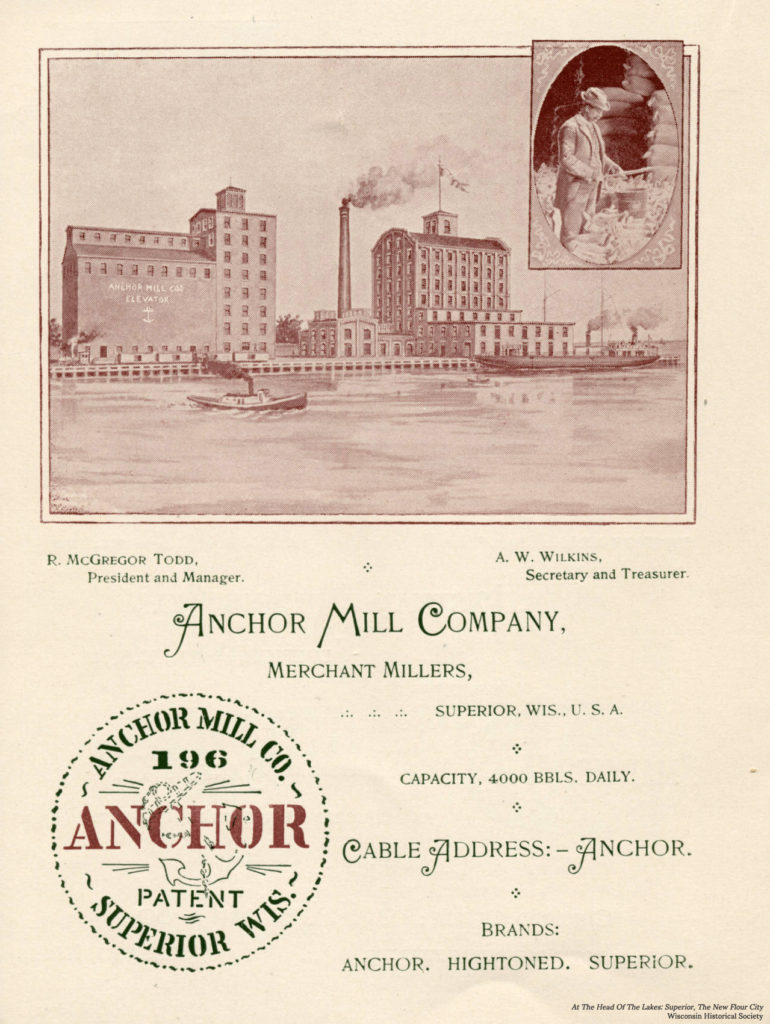
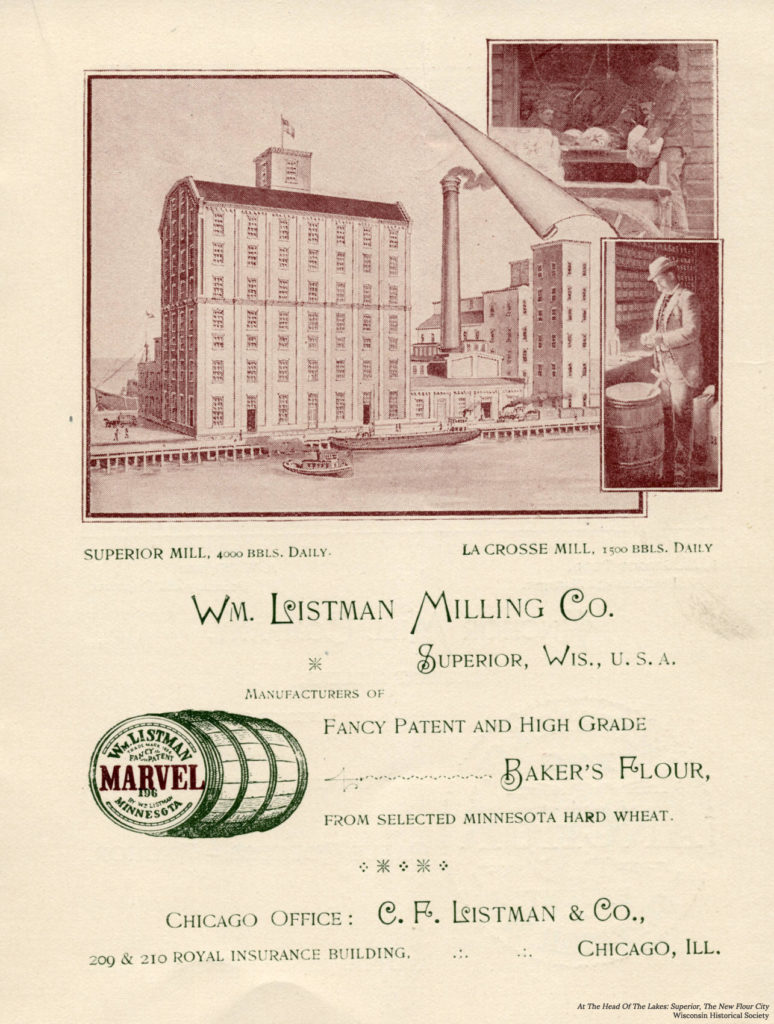
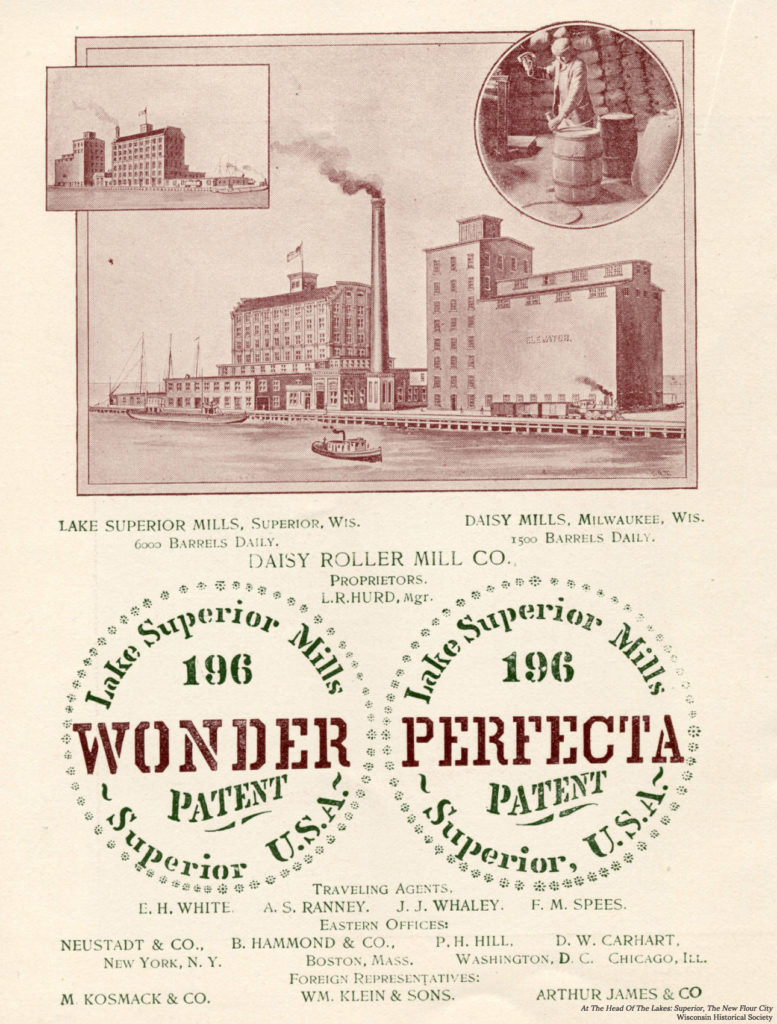
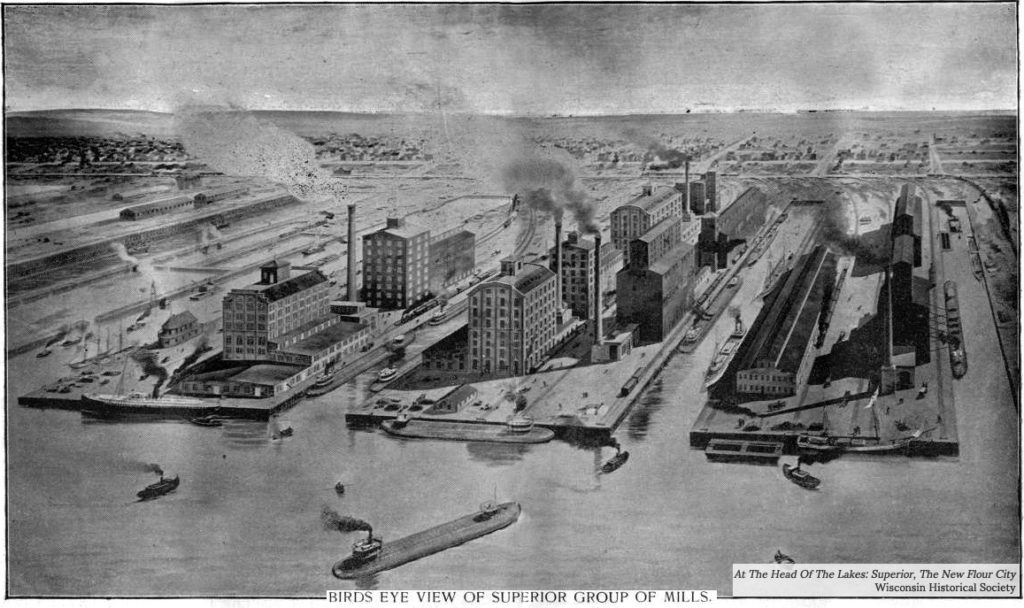
Just to the left of Quebec Pier and separated by a 100-foot slip of water, was Toledo Pier. Lake Superior Mills used the entire Quebec Pier for their operation. But over at the Toledo Pier, two major flour mills — Anchor (Anchor brand) and Listman (Marvel brand) — used the space. Cargill also built their elevators at Toledo Pier. To the left of the Toledo Pier was Montreal Pier, where Belt Line Elevator Company built their grain elevators. While the other mills in the east end milling district were destroyed by a fire in 1914, the mill on Quebec Pier was used for over 80 years. It was known as Daisy Roller Mill before being purchased by the Peavey Company in 1938. Peavey moved their production of King Midas durum flour from Hastings to Superior and employed more than 250 year-round employees.
The grain elevators on Quebec Pier were likely added during the King Midas era. The Anchor and Listman mills were gutted by fire and eventually demolished. That leaves Lake Superior Mills’ brick workhouse as the last building standing from the original east-end milling district. The mill closed in the 1970s, and the slip between Quebec and Toledo Piers was filled in, but the area remains an active part of shipping grain across the great lakes.
